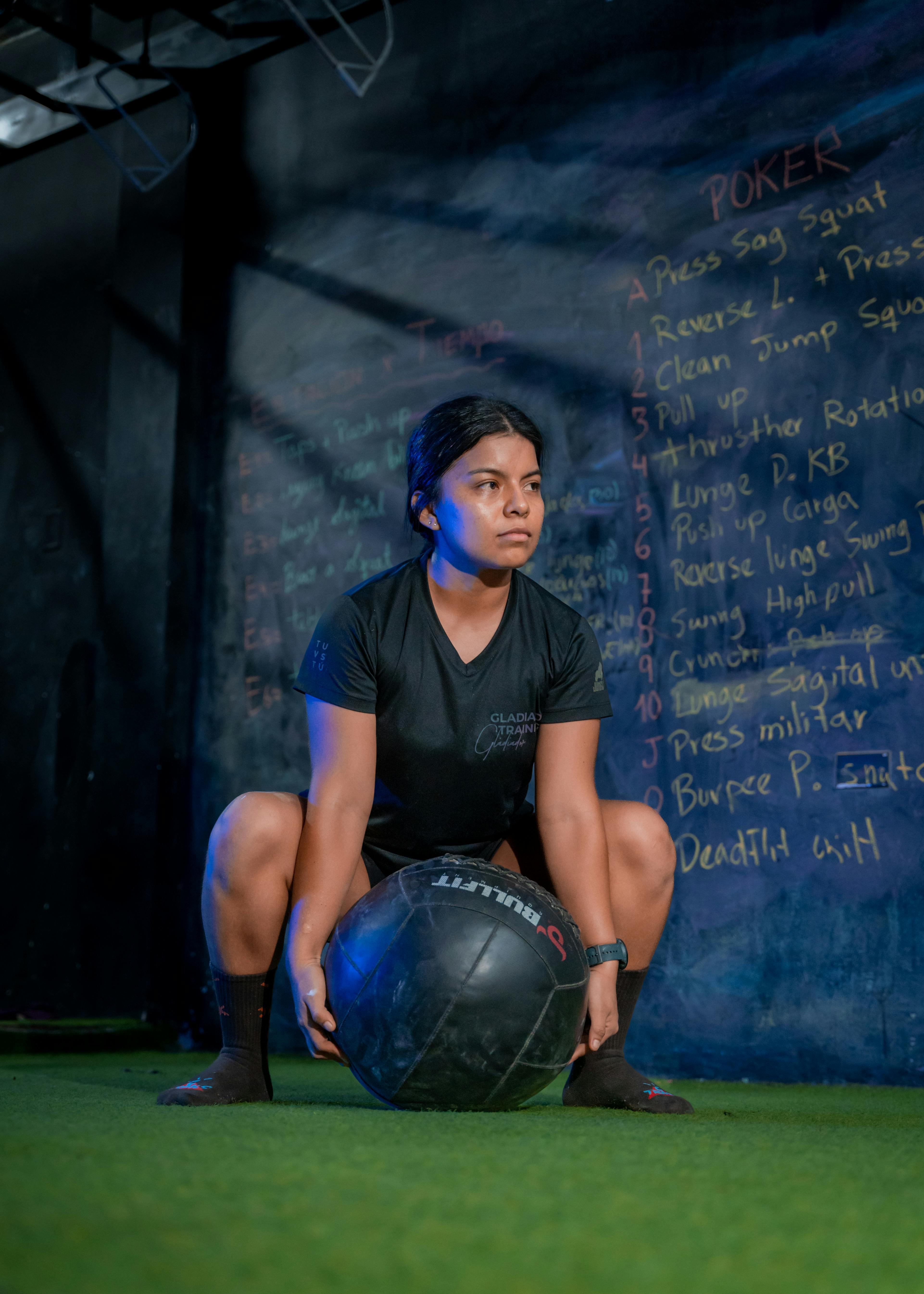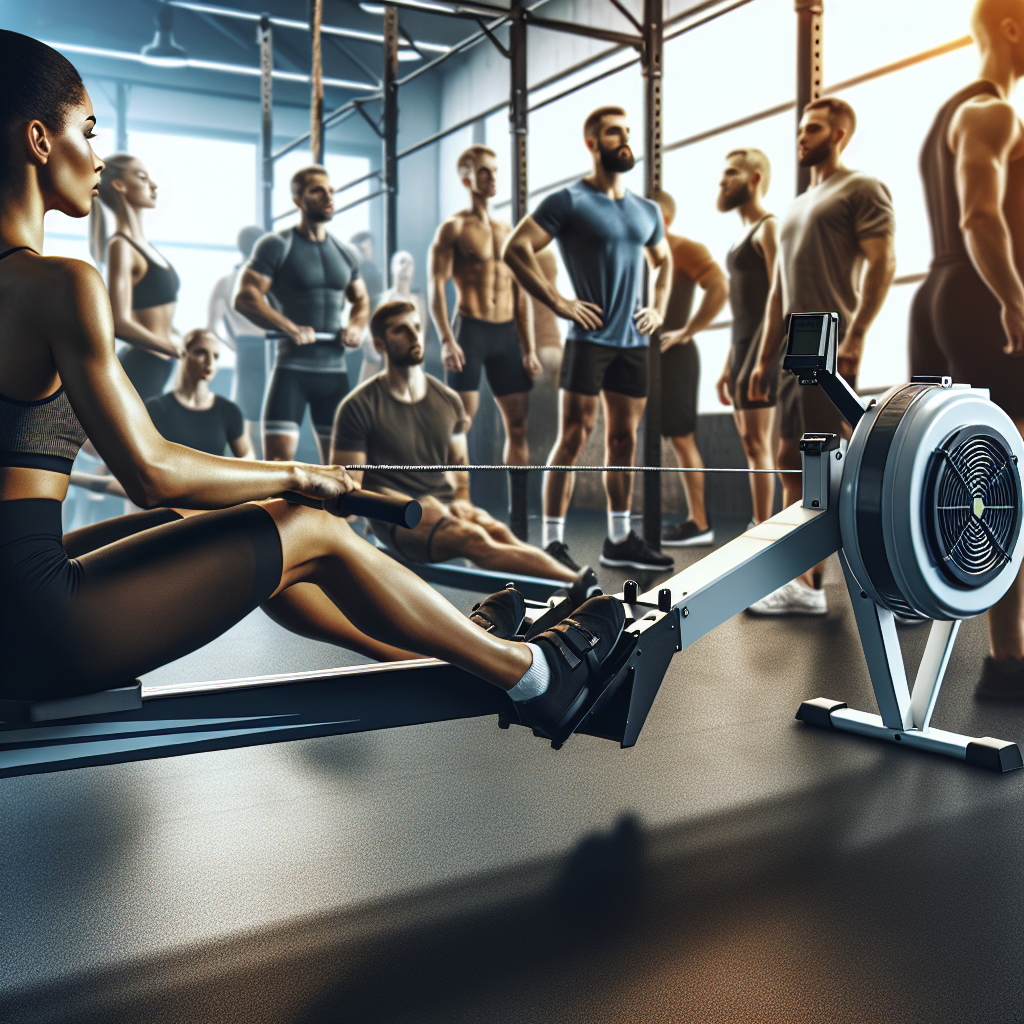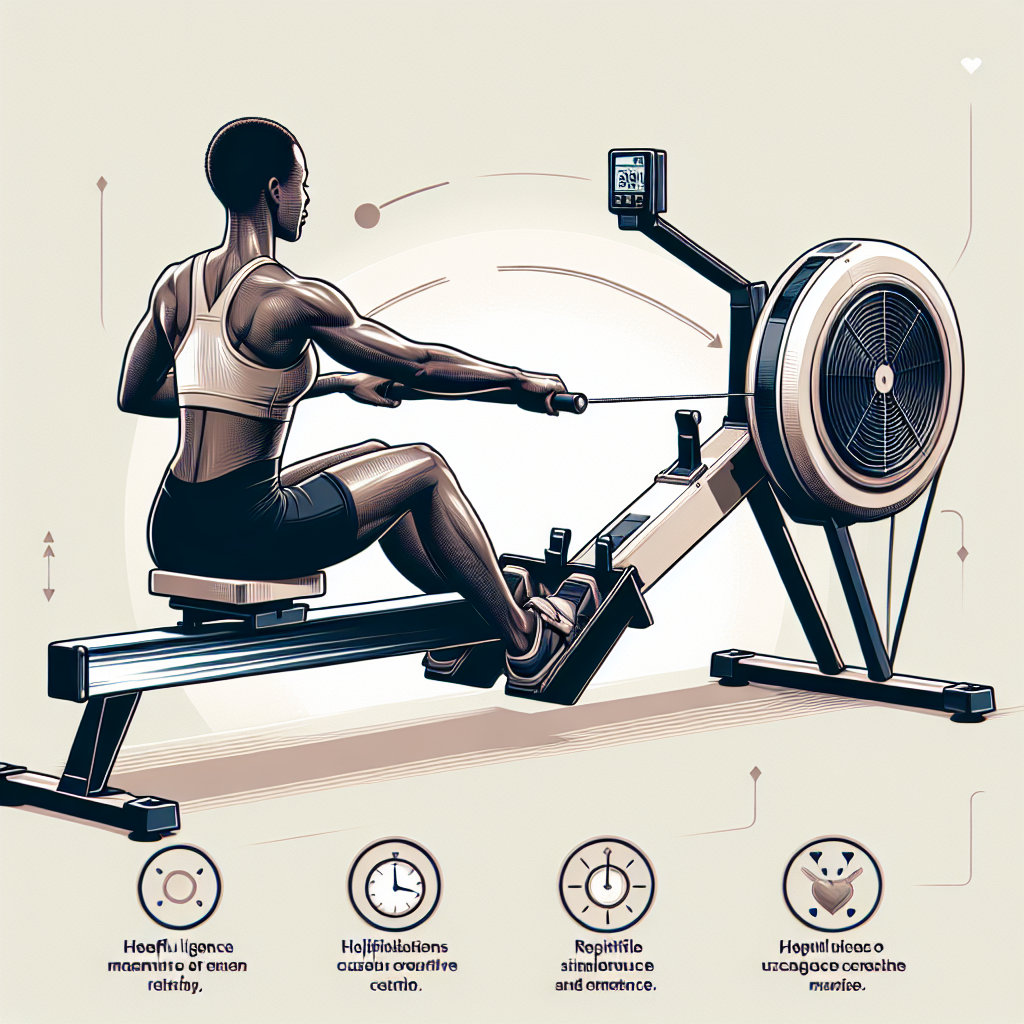Rowing Machine Gym How To Use
Are you excited about using a rowing machine at the gym, but not sure where to start? Don’t worry, we’ve got you covered! In this article, we will show you exactly how to set up and use a rowing machine at the gym. Whether you’re a beginner or experienced, we will break down the steps in a way that’s easy for you to understand. Get ready to row your way to a healthier and fitter you!

Setting up the Rowing Machine
Checking the equipment
Before you begin using the rowing machine, it’s important to check if everything is in good working condition. Ensure that the seat slides smoothly along the rail and that the handlebar is secure. Make sure the foot straps are intact and not frayed or damaged.
Adjusting the foot straps
To properly use the rowing machine, you need to adjust the foot straps for a secure fit. Sit on the seat and place your feet in the foot straps. Pull the straps tight so that your feet are secure, but not too tight that they are uncomfortable.
Adjusting the resistance level
The resistance level on a rowing machine determines how hard or easy it is to row. Most rowing machines have adjustable resistance settings. If you’re just starting out, you may want to set the resistance level low and gradually increase it as you get stronger. Experiment with different settings to find the one that feels right for you.
Basic Technique for Rowing
Understanding the different phases of the rowing stroke
Rowing consists of four main phases: the catch, the drive, the finish, and the recovery. The catch is when you start the stroke by reaching forward and bending your knees. The drive involves pushing off with your legs, followed by leaning back and pulling the handlebar toward your chest. The finish is when you pull the handlebar all the way to your chest, and the recovery is the return to the starting position.
Proper posture and positioning
When rowing, it’s crucial to maintain proper posture to avoid strain and injury. Sit tall on the seat, with your back straight and your shoulders relaxed. Keep your core engaged throughout the stroke to support your body.
Grip and hand placement
To ensure a secure hold on the handlebar, wrap your fingers around it, thumbs on top. Keep a relaxed grip and avoid squeezing too tightly. Position your hands slightly wider than shoulder-width apart, with elbows pointing down and slightly away from your body.

Using the Monitor
Understanding the display metrics
Most rowing machines have a monitor that shows important workout metrics. These can include time, distance, stroke rate, calories burned, and more. Take some time to familiarize yourself with the different metrics and what they mean.
Configuring your preferred settings
Some rowing machines allow you to customize the monitor settings to suit your preferences. You can set goals, change units of measurement, or even create personalized workout programs. Refer to your machine’s manual to learn how to configure the settings to your liking.
Monitoring your progress
Using the monitor during your workout sessions can help you track your progress over time. Pay attention to metrics such as distance rowed, time taken, and calories burned. This information can motivate you to push harder and improve your performance.
Safety Guidelines
Warming up and stretching
Before starting your rowing workout, it’s important to warm up your muscles and stretch. Warm-up exercises like jogging in place or jumping jacks can increase your heart rate and warm up your body. Stretching your leg, arm, and back muscles can help prevent injuries.
Using proper form to avoid injuries
To avoid injuries, it’s crucial to maintain proper form while rowing. Avoid slouching or rounding your back, as this can strain your lower back. Keep your wrists straight and avoid excessive bending or twisting motions.
Listening to your body
While rowing can be a great workout, it’s important to listen to your body and not push yourself too hard. If you feel any pain or discomfort, stop rowing and take a break. Pushing through pain can lead to injuries. Always prioritize your safety and well-being.

Workout Programs
Choosing the right program for your goals
Many rowing machines offer different workout programs to cater to different fitness goals. Whether you want to improve your cardiovascular endurance, build strength, or lose weight, there is likely a program that suits your needs. Explore the options and choose one that aligns with your goals.
Interval training
Interval training involves alternating between high-intensity bursts and periods of active recovery. This type of workout can help improve your fitness level and burn more calories. During the high-intensity bursts, row at a faster pace, and during the recovery periods, row at a slower pace.
Endurance workouts
Endurance workouts focus on maintaining a steady pace for a longer duration. These workouts can help improve your cardiovascular fitness and stamina. Set a moderate resistance level and aim to row for an extended period, gradually increasing the duration as you progress.
Effective Rowing Techniques
Mastering the catch position
The catch position is the starting point of each stroke. To master it, sit tall with your arms extended, and reach forward with your hands. Keep your lower back engaged and your knees slightly bent. This position allows you to generate power for the drive phase.
Driving with the legs
One of the most important aspects of rowing is utilizing the power of your legs. As you begin the drive phase, push off with your legs, keeping your arms extended. This generates the most power and propels you backward.
Utilizing the core muscles
To maintain stability and power throughout the rowing stroke, engage your core muscles. Imagine your core as a strong, stable foundation that supports the movement of your legs and arms. Keep your abs tight and your back straight to maximize your rowing efficiency.

Tips for a Better Rowing Workout
Setting achievable goals
Setting goals can help keep you motivated and focused during your rowing workouts. Start by setting small, achievable goals, such as rowing a certain distance or completing a specific workout program. As you achieve these goals, set new ones to continue challenging yourself.
Maintaining consistency
Consistency is key to seeing progress and improving your rowing performance. Aim to row regularly, whether it’s a few times a week or every day. This helps build your endurance and strength over time. Find a schedule that works for you and stick to it.
Mixing up your workouts
To prevent boredom and keep your workouts interesting, mix up your rowing routine. Try different workout programs, change the resistance level, or incorporate interval training. Adding variety to your workouts can challenge your body and keep you engaged.
Common Mistakes to Avoid
Using excessive arm strength
While your arms play a role in rowing, avoid relying solely on your arm strength. The power should primarily come from your legs and core. Using excessive arm strength can lead to fatigue and diminish the effectiveness of your workout.
Rounding the back
Maintaining a straight back is important during rowing. Avoid rounding your back as this can strain your lower back and decrease your rowing efficiency. Focus on sitting tall and engaging your core throughout the stroke.
Pulling too hard with the arms
In the finishing phase of the stroke, it’s important to pull the handlebar towards your chest, but avoid pulling too hard or yanking it. This can strain your shoulders and arms. Instead, focus on a controlled and smooth motion.

Cooling Down and Stretching
Gradually reducing intensity
After completing your rowing workout, it’s important to gradually reduce the intensity to allow your body to cool down. Row at a slower pace or decrease the resistance level for a few minutes. This helps your heart rate return to normal and prevents dizziness.
Incorporating stretching exercises
Stretching after your workout can help prevent muscle soreness and improve flexibility. Perform stretches for your legs, back, and arms, holding each stretch for 15 to 30 seconds. Stretching can also promote muscle recovery and reduce the risk of injury.
Promoting muscle recovery
After your rowing workout, take care of your body by allowing it to recover. This includes getting enough rest, staying hydrated, and nourishing your body with healthy foods. Adequate recovery is essential for building strength and avoiding overuse injuries.
Maintaining and Cleaning the Machine
Regularly wiping down the surfaces
Keeping your rowing machine clean is important for hygiene and maintenance purposes. After each use, wipe down the seat, handlebar, foot straps, and any other surfaces that you touch with a clean cloth or disinfecting wipe. This helps prevent the buildup of sweat and bacteria.
Inspecting and tightening bolts
Periodically inspect your rowing machine for any loose or damaged bolts. Check the seat, foot straps, and handlebar attachment points. If you find any loose bolts, use the appropriate tools to tighten them to ensure your safety and the machine’s stability.
Keeping the chain lubricated
The chain on a rowing machine plays an important role in its operation. Regularly lubricate the chain to keep it running smoothly. You can use a light machine oil or chain lubricant recommended by the manufacturer. Apply a small amount of lubricant to the chain and wipe off any excess.

Pingback: What Gym Machine Burns Belly Fat